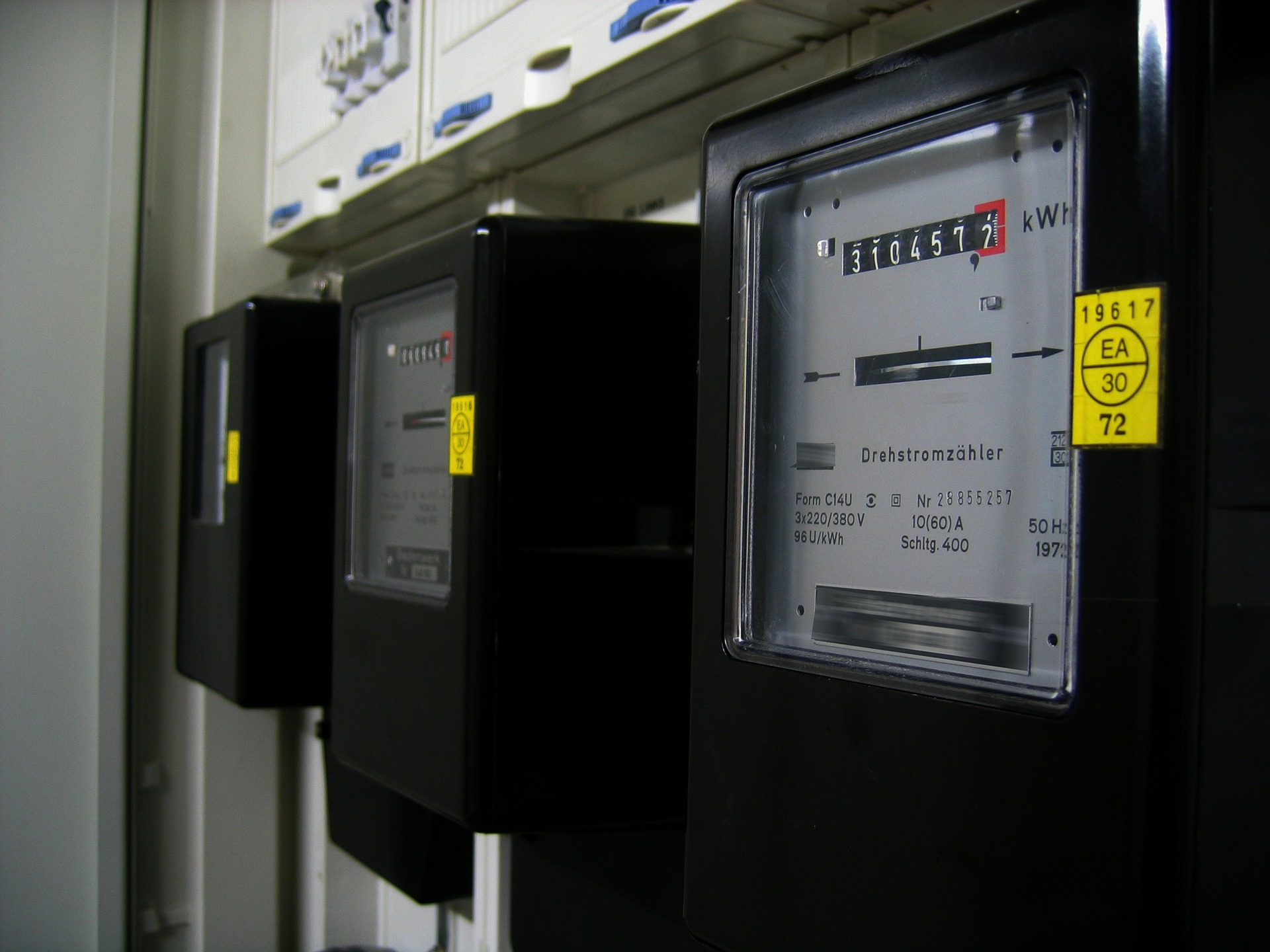Putting electrical devices into standby mode instead of turning them off entirely is convenient but uses extra power. The older they are, the more juice they usually need in standby mode, but even modern devices can be pretty greedy when networked.
Electricity is expensive and getting more expensive. One way to reduce a household’s energy consumption is to put electrical devices into standby mode less often and switch them off entirely instead. How much you can save by doing this depends mainly on your age.
“Up to 20 percent of electricity costs.”
“Depending on the number and type of devices, the ‘idling’ of devices in a three-person household can account for up to 20 percent of electricity costs,” says Lorenz Bücklein from the consumer center in Germany. According to co2online, the average in a three-person household is around 8 percent or approximately 360 kWh per year. That corresponds to a savings potential of about 130 euros.
Households that still have a lot of older appliances are the most likely to waste 20 percent of their energy. According to the EU’s Ecodesign Directive, which came into force in 2013, televisions and the like must not consume more than 0.5 watts in standby mode. If they have an information display, for example, for the time, one watt is permitted. Before 2013, it was enough to offer such a mode.
So it comes that co2online assumes a standby duration of 22 hours at 15 watts consumption for a sound old stereo system of 120 kWh per year, which alone corresponds to more than 40 euros. PC, printer, or monitor are somewhat more frugal with an average of 10 watts. If you still use a mini hi-fi system, you can expect 11 watts in standby mode.
Modern televisions are pretty frugal
The non-profit portal assumes 14 watts standby consumption (112 kWh/year). However, as Stiftung Warentest found, modern TVs suck significantly less power when in standby mode. In the test, they were content with 0.3 to 2.4 watts.
Modern TVs consume even less power in standby mode when the Wake on LAN (WoL) is deactivated. This function allows computers, smartphones, etc., in a shared network to activate the TV for playback.
OLED TVs should also not always be switched off immediately but may need a while in standby mode to prevent so-called burn-in effects. This is the phenomenon that with this screen technology, elements that are displayed statically at one spot on display for a long time can remain permanently visible in the shadowy form.
Networked devices often without a power off switch
Greedier than modern TVs are often networked devices: the Ecodesign Directive allows them to consume three to twelve watts in standby mode, depending on how they work. Before 2017, the figure was 20 to 80 watts, so users who jumped on the smart home bandwagon early are at exceptionally high risk of wasting energy.
Problematically, many networked devices do not have an off switch. This includes smart speakers in particular.
These are not too high values, but since several devices often work together in a household, that can add up. Users can unplug the device during longer breaks to avoid wasting power, but power strips with a pull-off switch are less complicated.
Press the switch instead of pulling the plug
Smart sockets are particularly convenient for reducing standby consumption. They can be used to switch individual devices or groups on and off via a smartphone app or voice command. However, these devices must be permanently on standby to perform their tasks.
- source: ntv.de/picture: Bild von Gerd Altmann auf Pixabay
This post has already been read 1126 times!



